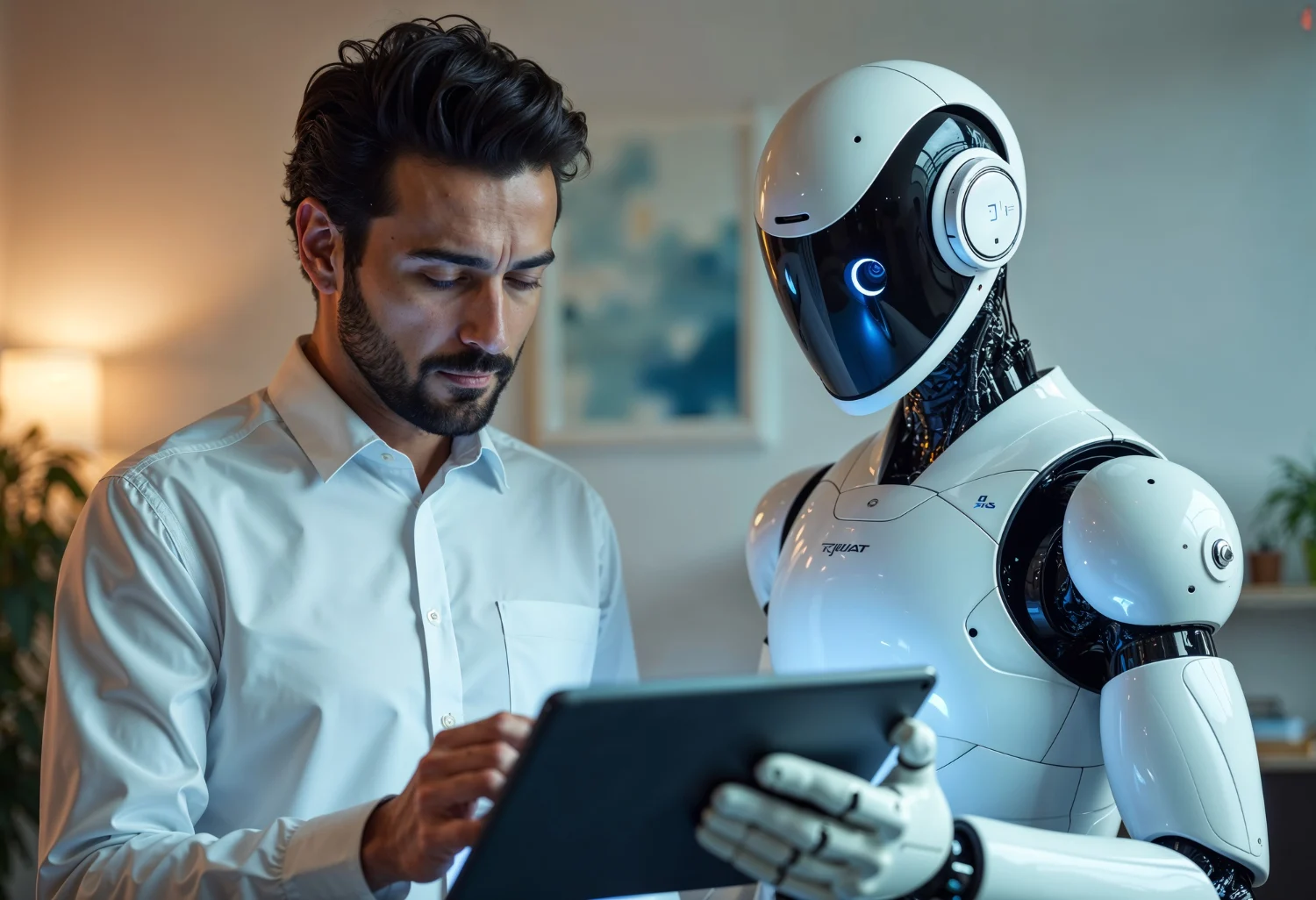IP Certification in Pakistan: Protect Your Brand, Code, and Inventions the Right Way
IP Certification is the first step every startup should take to protect its brand, code, and inventions. It’s not just legal hygiene, it’s business survival. Before your idea hits the market or your pitch deck lands in an investor’s inbox, ensure your intellectual property (IP) is properly certified and secure.
In Pakistan’s fast-growing startup ecosystem, where founders move from prototype to product in months, neglecting IP protection can cost more than capital it can cost ownership. The process may sound intimidating, but with a structured approach, it’s entirely manageable.
Start by conducting searches across patents, trademarks, and the web to ensure originality. If you’re still refining your idea, use provisional filings to lock in your rights while buying time. Always assign IP ownership in writing between co-founders, employees, and contractors to prevent future disputes.
Universities through ORICs (Offices of Research, Innovation & Commercialization) and Technology Transfer Offices (TTOs), as well as incubators like NICs and Plan9, can provide free or low-cost guidance on how to protect and certify your innovations. Most importantly, plan ahead. It typically takes 12–36 months from filing to final grant or registration in Pakistan, as per procedures aligned with international standards.
This guide breaks down every step of the IP certification process for startups in Pakistan from idea protection and application filing to tips, timelines, university support, and the most common mistakes to avoid.
1) Quick facts you should know right away
- The national authority is IPO-Pakistan (intellectual property office) trademarks, patents, designs, copyrights are handled there (e-filing available for trademarks).
- Trademarks: typical registration timeline ~12–24 months (depends on objections/oppositions). Filing went online in 2023.
- Patents: typical prosecution time ~1–3 years (varies by complexity and backlog); patents last 20 years from filing date. Pakistan historically did not operate through PCT (Patent Cooperation Treaty), though IPO-Pakistan has said it plans accession so international patent strategy needs care.
- Madrid System (international trademark route): Pakistan acceded to the Madrid Protocol (instrument deposited Feb 24, 2021; came into force May 2021) you can now use the Madrid route for international trademark filings referencing Pakistan.
2) Who’s Leading the IP Movement in Pakistan?
Pakistan’s startup ecosystem is powered by youth. With a median national age of around 22–23 years, many of the country’s entrepreneurs are in their 20s and early 30s a trend reflected across startup hubs, accelerators, and founder communities.
This youthful energy drives innovation, but it also shapes how startups approach intellectual property. Limited budgets and early-stage uncertainty often push founders to rely on university ORICs, incubators, and low-cost provisional filings instead of full registrations at the outset.
Community data and local founder platforms suggest the average age of startup founders in Pakistan is around 25–27 years. While global research shows many of the most successful founders launch ventures in their 30s and 40s combining experience with insight, Pakistan’s young innovators are rapidly building domain knowledge through mentorship programs and accelerator networks.
Founders often seek guidance from legal & IP resources, Startup.pk’s Legal and Intellectual Property Services page outlines how startups can access trademark, patent, copyright, and legal agreement support.
3) Where to get help: universities, TTOs, ORICs, incubators & government programs
If you’re a student / alumni / faculty inventor, start with your university’s ORIC / TTO / incubation center (they often help with patent drafting, searches, modest funding and filing). Key entry points:
- HEC ORIC directory — list of university ORICs (Office of Research, Innovation & Commercialization). Use this to find the ORIC of any Pakistani university.
- WIPO TISC directory — shows Technology & Innovation Support Centres (TISCs) in Pakistan (good for search help and patent information).
- Examples of active university centres / incubators you can contact:
- NUST — Technology Transfer Office (TTO) (commercialisation support & IP help).
- LUMS — Centre for Entrepreneurship (LCE) (makerspace, incubation, industry linkages).
- IBA — Centre for Entrepreneurial Development (I-CED) (pre-incubation/incubation).
- FAST-NUCES — ORIC + incubation activities and industry partnerships.
- National Incubation Centers (NICs) (Ignite / MoITT) network of regional NICs (Islamabad, Lahore, Karachi, Peshawar, Quetta, Hyderabad, Faisalabad). They offer mentorship, IP clinics sometimes and contacts to legal help.
- Plan9 (PITB) — Punjab incubator, mentorship and ecosystem programs.
- How to find the right office fast: search the university site for “ORIC”, “Technology Transfer Office”, “TTO”, “Incubation”, or the LUMS/NUST/IBA/FAST pages above; HEC’s ORIC directory is a single authoritative list.
4) Exact, practical HOW-TO: searching before you file (patents + trademarks + non-patent literature)
A. Patent / prior-art search fast checklist
- Start with broad keywords that describe the problem not only your solution e.g., “low-cost water sensor for turbidity” not “AcmeFiltr™ V1”.
- Use classification codes (IPC/CPC) to narrow WIPO/USPTO/EPO classification helps find relevant families.
- Search key public tools (in this order):
- Google Patents (good full-text + fast).
- Espacenet (EPO) — advanced classification and family searches.
- WIPO PATENTSCOPE — international technical coverage.
- USPTO / other national databases for US/China/EU patents.
- Search non-patent literature (NPL) Google Scholar, research journals, conference proceedings, GitHub, product pages, supplier catalogs, dissertations. Public web disclosures can destroy novelty.
- If you need Pakistan-specific searches: IPO-Pakistan historically did not expose a full online patents register; official searches can be requested from IPO (form P-27 in some procedures) if you have budget, ask IPO or a local agent to run an official search.
Helpful guides: WIPO’s “Guide to Using Patent Information” and USPTO prior-art search guide are practical primers.
B. Trademark search (how to)
- Do a quick web + Google search for your brand name and logo. Check domain names, social handles, marketplaces.
- Use IPO-Pakistan trademark search (IPO provides a TM search/e-service and the TM-55 search form is used for formal checks). You can also pay a local firm for a detailed search/report. Filing is now online (e-filing launched 2023).
- Check international availability (if you plan exports) via WIPO Global Brand Database and Madrid Monitor.
5) Step-by-step: filing in Pakistan
Patents (high-level steps)
- Decide type: provisional (if you need priority time) vs complete; or convention filing claiming priority.
- Do prior art search (see above).
- Prepare specification/drawings/claims (draft carefully; claims shape protection). Consider a local patent attorney for drafting.
- File with IPO-Pakistan (forms & fees; you’ll receive an application number/acknowledgment). You may need a Power of Attorney (Form P-28 / P-31 for certain actions). IPO allows registration via apply.ipo.gov.pk for some services.
- Formal examination → publication → substantive examination → grant (respond promptly to office actions). Expect 1–3 years in many cases.
Trademarks
- TM search → pick class(es) (Nice classification). Use TM-55 for formal search requests.
- File online (IPO e-filing) — file TM-1 and supporting docs.
- Examination → publication in Trademarks Journal → 2-month opposition period → registration certificate (typical total timeline 12–24 months).
Copyrights & Designs
- Copyrights: file copies of work with IPO for registration (certificate is prima facie evidence of ownership). The timeline is often months.
- Designs: file representations, description and class; published then registered (10-year protection renewable).
6) Universities & funding support you should know about (how to use them)
- HEC TTSF / Patent Support Higher Education Commission runs programs to support university patent filings and may reimburse filing fees (check eligibility & application). If you’re a university researcher, apply through ORIC.
- NICs, Plan9, LUMS/NUST/IBA incubators often run IP clinics, mentorship, or subsidised legal sessions and ask your incubator manager for “IP office hours.”
How to approach them: email ORIC/TTO (find on university pages), request an “IP intake” meeting, bring (a) an executive summary of the invention, (b) non-confidential demo or screenshots, (c) inventor list and dates. They’ll often help with search and early drafting.
7) Tips & tricks every founder should use (practical, money-saving & strategic)
- Search thoroughly before you name anything web + domain + social + trademark database. If the exact name is taken, pick a distinctive coined mark.
- File a provisional patent (or provisional-like approach) to secure priority while you refine the invention cheap and fast. (Pakistan allows provisional filing).
- Use GitHub / date-stamped uploads / lab notebooks for time evidence (but be careful: public disclosure can destroy novelty for patent filings file first if in doubt).
- Use NDAs early, but don’t rely on them for public disclosures NDAs help with investor/partner talks but won’t protect you vs public disclosures.
- If you plan to go international with trademarks, use the Madrid system (Pakistan is in Madrid), and for patents track IPO’s position on PCT accession (currently Pakistan is not a PCT contracting state check before using PCT strategy).
- Get assignment language in every employment/contractor agreement to stop future ownership fights before they start (this is low cost and high ROI).
- Budget renewals & maintenance IP dies if you forget renewals. Put renewal reminders in the calendar.
8) Common mistakes, real consequences & how to fix them (practical)
- Mistake: Publishing code/article/blog before filing a patent.
Consequence: Loss of novelty → no patent.
Fix: File provisional or complete spec first; if already published, seek alternative protections (trade secret, design, copyright) and check if foreign filings are still possible. - Mistake: No written IP assignment from co-founders/employees/contractors.
Consequence: Ownership disputes, investor red flags.
Fix: Immediate assignment agreements and retroactive confirmation where possible; include clauses in new hires. - Mistake: Choosing a descriptive or generic trademark (e.g., “KarachiCoffee”).
Consequence: Rejection or weak enforceability.
Fix: Rebrand to a distinctive/fanciful mark and file a new application after search. - Mistake: Skipping a freedom-to-operate (FTO) check before product launch.
Consequence: Risk of infringement claims and costly rework.
Fix: Commission an FTO opinion from a patent attorney if your product intersects crowded tech. - Mistake: Relying on informal “promises” (WhatsApp/email) for ownership.
Consequence: Hard to enforce in court.
Fix: Convert to signed, notarized agreements and strengthen corporate records.
9) Practical timelines & estimated costs (benchmarks)
- Trademark: ~12–24 months (official filing fees are modest; total cost with professional help ~PKR tens of thousands to low-lakhs depending on scope).
- Patent: 1–3 years typical to grant; official filing fees modest but professional drafting costs can be high (patent agent fees). Patents last 20 years (renewal/annuities required). Pakistan historically did not have an online patent register and official search may require a request to IPO.
- Copyright: usually months; low fees.
10) Vetting counsel / agents & cost-saving advice
- Hire a patent attorney for claims (don’t DIY claims unless experienced). For trademarks, a competent IP attorney or agent can save months of back-and-forth.
- Ask agents for: sample filings, success rate, fixed fee for filing + quoted hourly for office action responses. Get 2–3 quotes.
- If the budget is tight: use university ORIC / NIC they sometimes subsidize or connect you to low-cost legal clinics.
11) Sample 30 / 90 / 180-day action plan (for a startup with an MVP)
Day 0–30
- Do trademark quick web + domain + social check. If clear, file provisional TM application or start TM filing process.
- Do patent prior-art search (Google Patents, Espacenet, WIPO PATENTSCOPE). If invention is novel, prepare provisional patent filing.
- Lock down IP assignment clauses in all employment/contractor agreements.
Day 30–90
- File provisional/complete patent application or submit TM application to IPO e-filing.
- Reach out to your university ORIC/NIC for an IP clinic or HEC support (if eligible).
- Start documentation: lab logs, version control, date-stamped commits.
Day 90–180
- Respond to any office actions (hire counsel if response is technical).
- Plan international strategy (Madrid for marks; for patents, watch IPO PCT accession announcements if you need multinational patent protection you may need direct national filings).
12) Quick checklist to act on right now
- Do a quick web + trademark database search for your brand (Google + IPO TM search / TM-55).
- Run a first-pass patent search (Google Patents + Espacenet + PATENTSCOPE).
- Add IP assignment clause to all new contracts & convert prior verbal agreements into signed assignments.
- Contact your university ORIC or a NIC for pro-bono / low-cost IP help (if applicable).
- Decide whether to file provisional patent or file TM application this month before you publicly disclose.
FAQ
The IP certification process involves filing applications for patents, trademarks, copyrights, or designs through the Intellectual Property Organization of Pakistan (IPO-Pakistan). Startups must first conduct a prior-art or trademark search, prepare documents, submit the application, and follow up through examination, publication, and certification stages.
Trademark registration typically takes 12–24 months, while patents can take 1–3 years, depending on the complexity and backlog at IPO-Pakistan. Startups can use provisional filings or NDAs to safeguard their ideas while waiting for approval.
Yes. University students and faculty can seek help from their ORICs (Office of Research, Innovation & Commercialization) or Technology Transfer Offices (TTOs), which often guide them through patent drafting, searches, and HEC funding support for IP filings.




